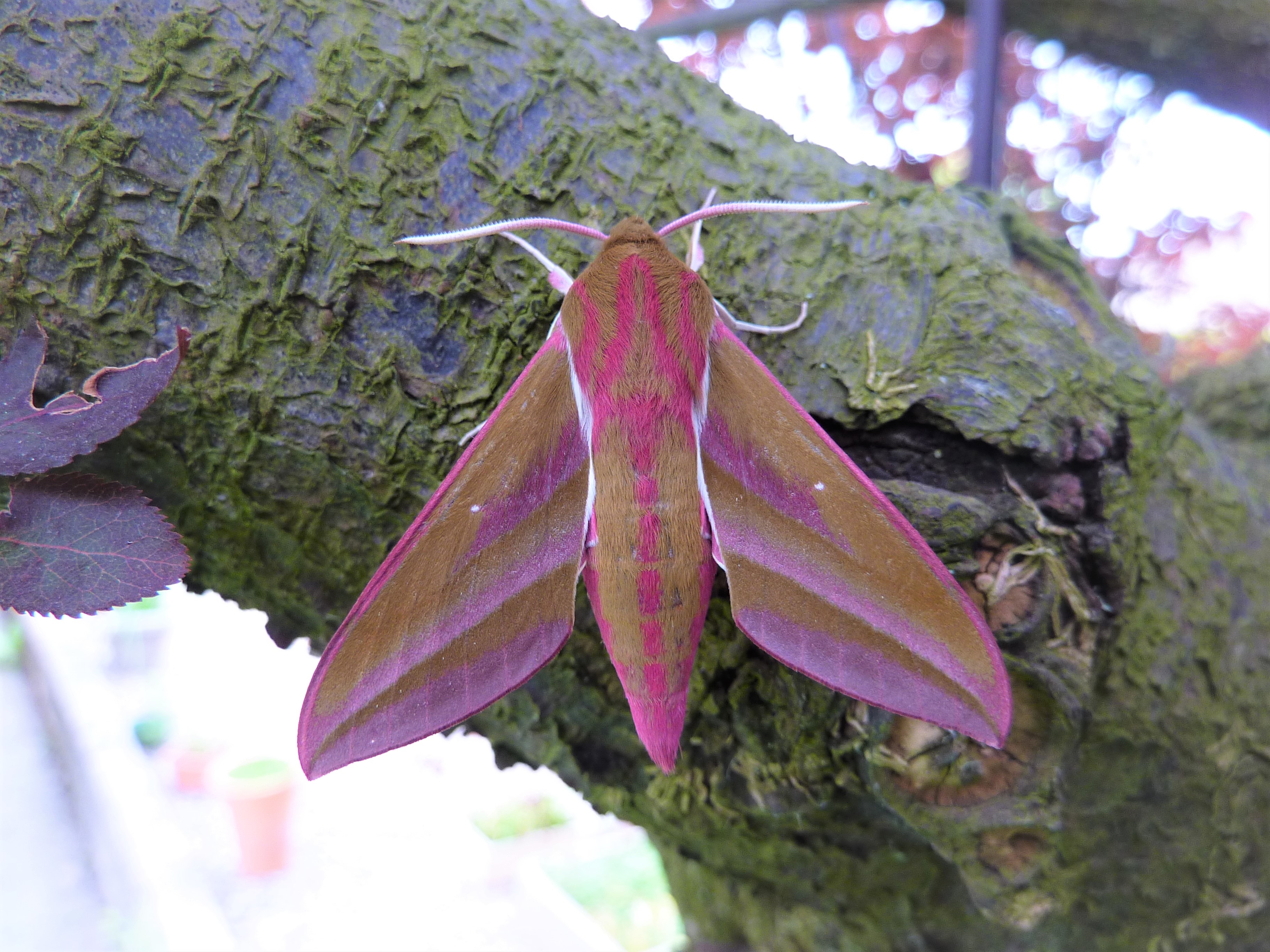Sickleholme Nature Notes
Apart from Sickleholme sightings, a couple of external snippets caught my attention during July. Coverage of the Open Golf at Hoylake took us to a part of the tented village which featured a “Sustainability and Conservation” exhibition. The theme, as already adopted by our own club, was that we can have great golf courses which are also rich in biodiversity, whilst recognising the mutual benefits of one to the other.
Soon afterwards, I watched a Countryfile programme which carried a feature on moths as pollinators and which indicated that when bees and other pollinators finish for the day, then moths take over the nightshift. In doing so, they make a huge contribution during the hours of darkness. There has been no opportunity to census moths at Sickleholme but as a guide to what we might have here, Kate and I have been running occasional moth traps in our garden at Froggatt (all moths are released unharmed) over a twenty-year period and have recorded a total of 470 species. One fairly common moth that I would guarantee on site is the large and colourful Elephant Hawk-moth (see my photo) as the caterpillars feed on Rosebay Willowherb and there was plenty of that around the course during the month.
Bird sightings on the course included another new species (sadly, Richard Moore-Coulson’s splendid eagle at the 1st hole doesn’t count in this context!) when Chris Littlewood reported a recent Woodcock in flight; a species which feeds at night, so only flies when disturbed during the daytime. The cooler weather saw Swallows feeding at knee height and there were half a dozen House Martins on the 4th of the month, but the best news of all came from Alan Kydd (who prepares and monitors our bird boxes) who let us know that food pellets in the barn showed regular roosting by a Barn Owl. It would be great to have a pair nesting there next year.
Two more butterflies were added to the year list in the form of a number of Ringlets and a few Small Skippers. More wildflowers also appeared including the bright purple Betony below the 9th tee and the sky-blue Harebells (a personal favourite) in a number of places. Last month’s mention of bats did not throw up any more information as to what we might have, but conversations with Chris Littlewood and Trevor Hoyland revealed a number of species that exist close to the course, so we just need someone with a bat detector to help us out now.
So much to enjoy!
Bryan Barnacle

Elephant Hawk Moth

